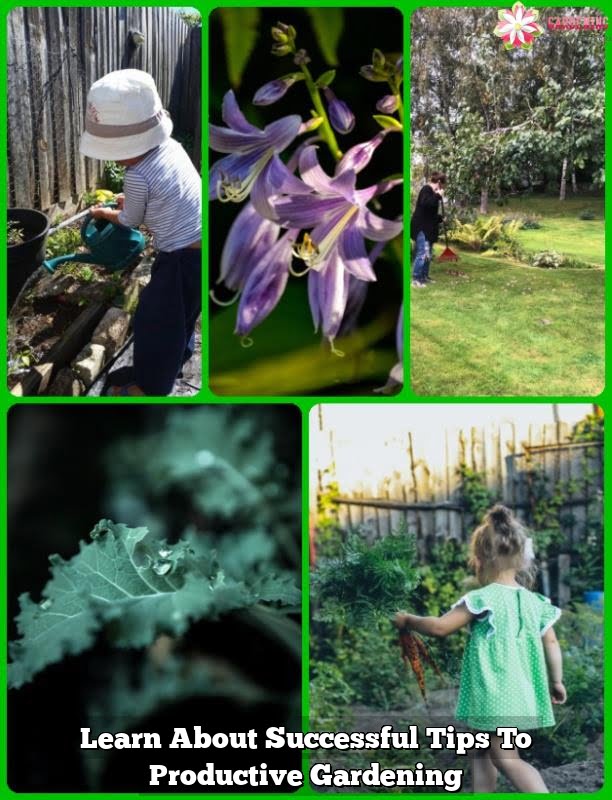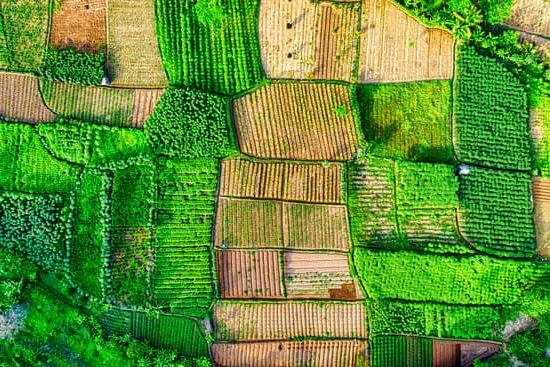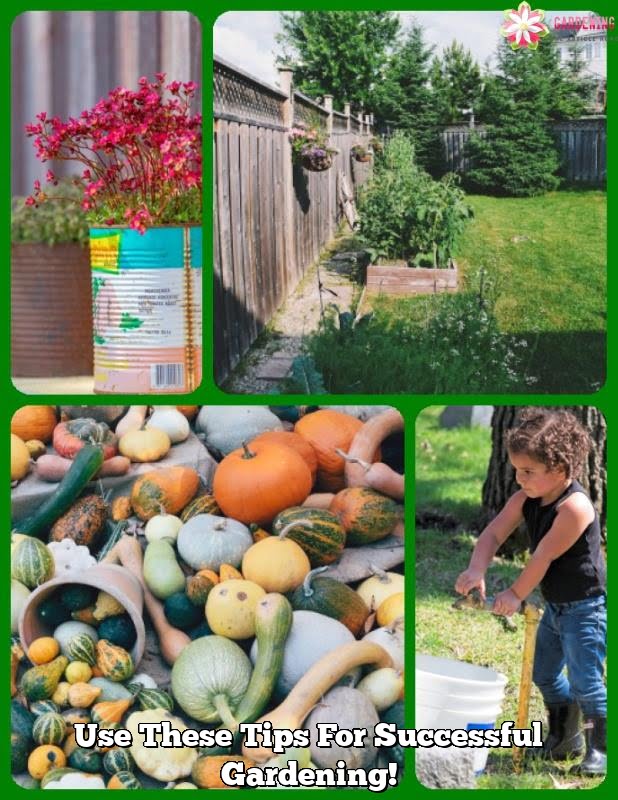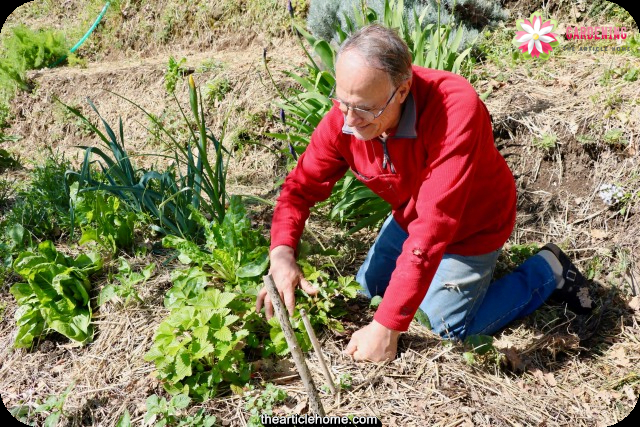One of the smartest things you can do for you and your diet is through organic gardening. It does require some effort, in order to grow, require a great deal of effort to grow. This can make you wondering where to start when it comes to organic garden.
Pick the correct soil in order to get the best results. You may also be able to design an artificial area using only one type of dirt.
Plants require a sufficient amount of CO2 in order to grow to their maximum growth. Plants will not thrive if they don’t have an adequate amount of CO2 are present. A greenhouse has the levels of CO2.
When mowing your lawn do not cut it too closely to the dirt. If you leave some of the grass when you mow, the roots grow further into the ground, helping the grass grow better and remain hydrated. Short grass is more susceptible to drying out.
If a test indicates that your soil is very alkaline, mix some used coffee grounds into it. This is a great and cheap way to replenish your soil with acid. This solution will make the vegetables you grow healthier and look more flavorful.
You can prevent pests away from your garden with certain plants and natural materials. Slugs are repelled by bordering your vegetable garden with a patch of marigolds or pungent vegetables. These methods prevent use harsh chemicals.
If you are just starting out, read and follow all directions and instructions that come with your chemicals and tools. If you do not do this very simple step, you could wind up with skin irritations or other issues. Keep your body safe and follow instructions.
Purchase an inexpensive horticulture kneeling pad, and a kneeling stool to use in your garden.Horticulture can take a toll on the knees, so a portable stool can make all the difference to your comfort. Horticulture involves moving heavy objects and dirt, so purchasing a wheelbarrow can be a very smart investment.
Chamomile tea is a good remedy against fungus attacking plants.
Vegetables are softer when they are warmer, so you could damage your vegetables if you pick them during the hottest hours.
Treated Wood
Create raised beds with stone, bricks or untreated wood. Choose wood that is resistant to rot and is untreated. Some good choices include locust, cypress, and cypress. In order to avoid toxic substances from getting into the ground and perhaps into your vegetables, don’t use treated wood since its chemicals can leech into the food crops and soil.If you must use treated wood, line it with a coat of plastic.
You can skip watering because of the pending weather.
You need to make beds correctly prior to beginning organic garden. You can make a bed by slicing under the turf using an appropriate tool. Once that is done, flip it upside down and cover this area with around three or four inches of wood chips. Leave it for a couple of weeks and work it up so you can plant.
Know what varieties of plants you want to put in your garden. Different variations of a particular flower or vegetable require different kinds of environments. For instance, there are many kinds of roses and some will work in your garden, there are those that will thrive in your garden and those that will not. Make sure you find varieties that fit into your horticulture situation.
You are aware of how helpful compost is in growing your organic garden, but have you ever wondered what it is made up of? It is usually made up of grass clippings, lawn cuttings, wood chips, bits of produce, straw and other yard waste that has started to decompose. You can use a compost instead of fertilizer and save money.
Use barrels or buckets to trap the water and use it to hydrate your plants. This will save you from paying for extra water your garden. You will find that rainwater is a natural friend to plants.
You should think about digging small trenches between rows of plants in your organic garden. This is a good way to save you water and money.
Water plants with some rainwater to be more eco-friendly. Using a barrel or any sort of container to collect any amount of rainwater can not only save you money on your water bill every month, and make the best use of your naturals resources. This green approach saves your money on water bills and makes the most of your environment.
Humidity might be needed by certain houseplants. You could create humidity by grouping different kinds of plants together in a pot, or replanting the specimen into a larger pot and filling the gap in with compost or stones. Another way to get humidity for your houseplants is to mist them up to two times a day using water.
Keep your garden by creating and maintaining a planting calendar. A calendar can make your gardening experience more efficient because you what to plant when each season. You might want to create your calendar on paper so you can refer to it easily, or simply jot one down on paper.
Think about utilizing a chicken tractor for fertilizing the fertilizer in your garden.This is a mobile chicken coop with a grated floor. This enables the chickens to munch on vegetation and bugs while fertilizing your garden. When your chickens have effectively cleared and fertilized one area, the tractor can be moved a bit to fertilize the next area in your garden.
Boston Ivy
A variety of deciduous plants and trees will show their color best in the fall, and provide your garden with beautiful shades of reds, and vines will not be the best until the autumn, and yellows.The plants stop creating chlorophyll during this time of year, and other pigments appear to replace the green color. Plants such as boston ivy, chestnut, boston ivy, and burning bushes.
As should be obvious by now, organic horticulture requires a bit of forethought and planning before implementation. If you want to see success at your efforts, you have to continue working at it. Incorporate the insights you’ve learned here to get your organic garden growing this year.

Welcome to my blog about home and family. This blog is a place where I will share my thoughts, ideas, and experiences related to these important topics. I am a stay-at-home mom with two young children. I hope you enjoy reading it! and may find some helpful tips and ideas that will make your home and family life even better!





